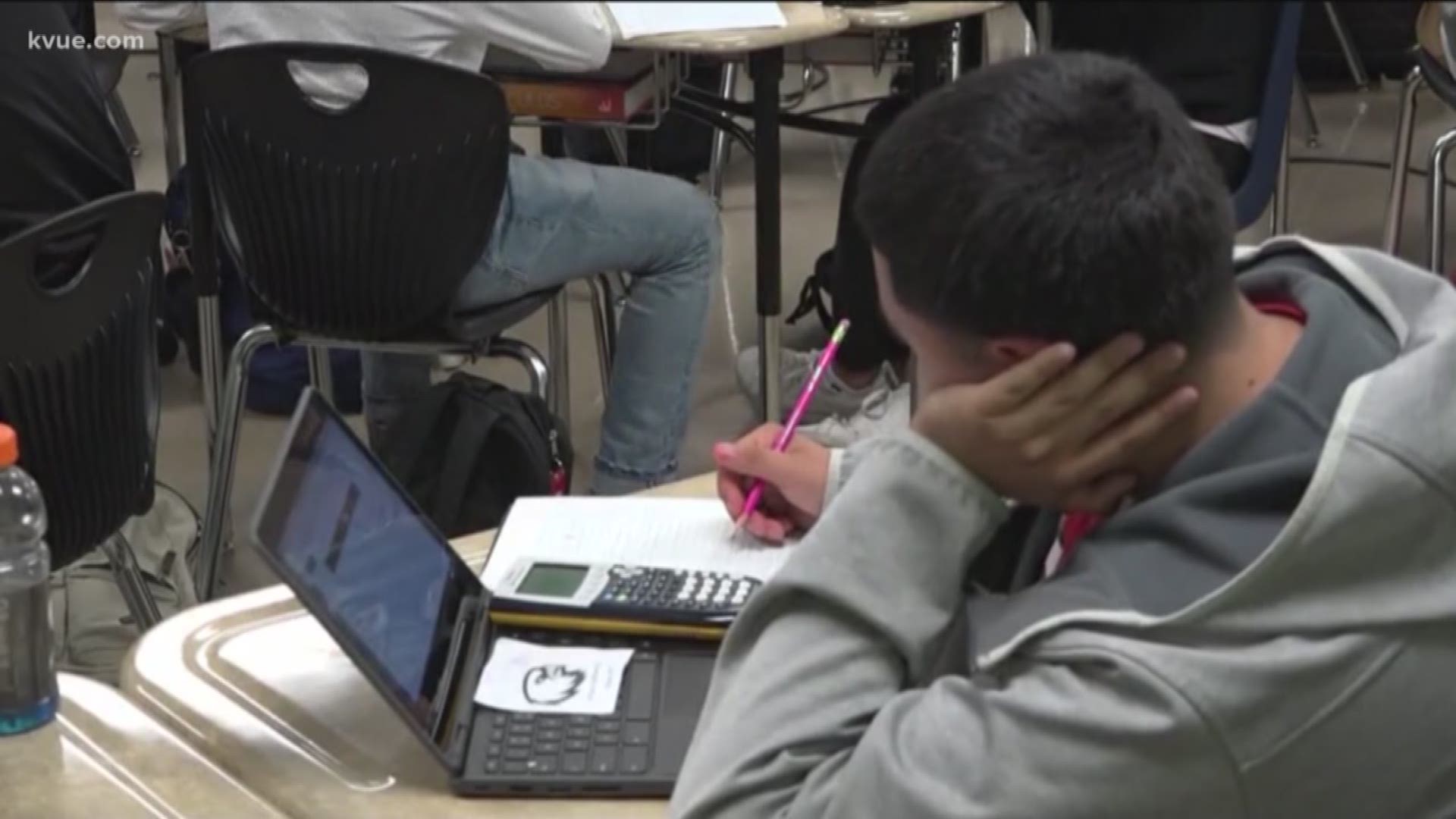AUSTIN AMERICAN-STATESMAN -- After falling behind on her $1,200 monthly rent last summer, Ashley Morales, along with her three children, was forced to move out of her East Austin apartment.
She found more affordable housing in Round Rock.
Her kids, previously enrolled in Norman Elementary in East Austin, now attend Old Town Elementary and Walsh Middle School in the highly rated Round Rock district.
Morales and her children are among thousands of families who have left Austin and its public schools in recent years, alighting in neighboring suburbs, where housing is less expensive and schools often rank higher in state academic ratings.
This year, the Austin district’s enrollment dropped by 1,574 students, the largest decline in six consecutive years of falling enrollment.
Adjacent districts, meanwhile, have experienced steady growth, in part by welcoming many of those former Austin students.
More than half of all students who have left the Austin district between 2013 and 2017 — about 17,000 — moved to other Texas public school districts, with the majority relocating to neighboring districts, including Round Rock, Pflugerville and Hays, according to Austin district data.
The shrinking number of students, even as the city’s population has boomed, has vexed Austin district leaders, prompting marketing campaigns and opening doors to students from outside the district, among other efforts.
“Declining enrollment is a serious issue for the district,” Trustee Ted Gordon said. “Some of the aspects are beyond our ability to influence, including the lack of affordability in the city of Austin. But some are aspects we can influence. And the district must do a better job of combating the loss of students to charter schools, which are a threat to public education. ... And the district must make the schools on the east and north central side of town more attractive to families and students. We’ve been saying this for a while.”
RELATED:
District demographic data suggests the students who are leaving are disproportionately Hispanic, black and low income. In 2012, when the district saw its peak enrollment, Hispanics made up 61 percent of its students, African-Americans made up 9 percent and whites were 24 percent. Latinos now are 55.4 percent, African-American students are 7.1 percent and white students make up 29.6 percent. (Asians and others make up the rest of the student body.) In 2012, 64.1 percent of the students were classified as low-income. Now, 52.4 percent of kids are low income, according to district data.
Trustee Ann Teich said to boost numbers, the district must take a more calculated approach.
“It’s going to take going house to house among faculty and staff to invite students,” Teich said. “We’re going to have to do that. It’s personal marketing.”
Financial crunch
Fewer students mean less state money — the district this year will lose an additional $11.6 million in state school funding, allocated on a per-pupil basis — exacerbating a financial crunch largely brought on by the ballooning payments the district makes to the state under a complicated formula meant to help subsidize costs for districts considered property poor. Austin, considered property wealthy by the formula, this year will send to the state $669.6 million, an increase of $123 million, and 42 percent of its overall budget.
Because those payments to the state are calculated based on the amount of property wealth divided by student attendance, the district’s shrinking enrollment increases the amount of property tax revenue it must forfeit to the state.
The district has dipped into reserves the last two years, and it will deplete its savings within three years at current spending levels. A district committee is exploring ways to cut costs and will recommend spending cuts by the end of the year.
This story originally appeared on the Austin American-Statesman. Read the full story here.

